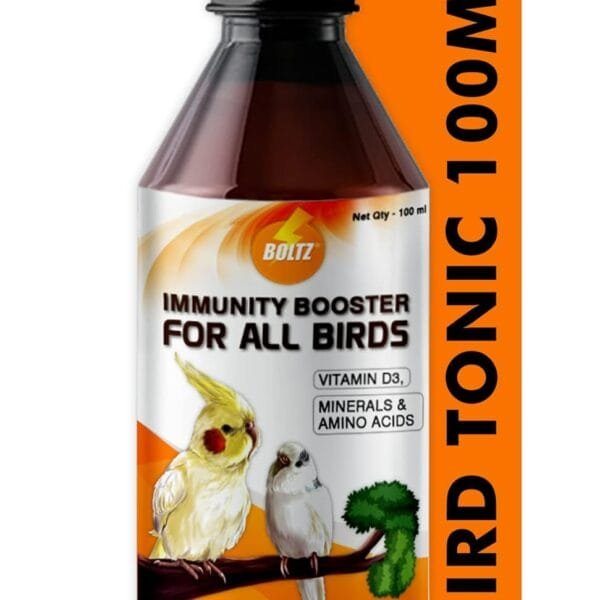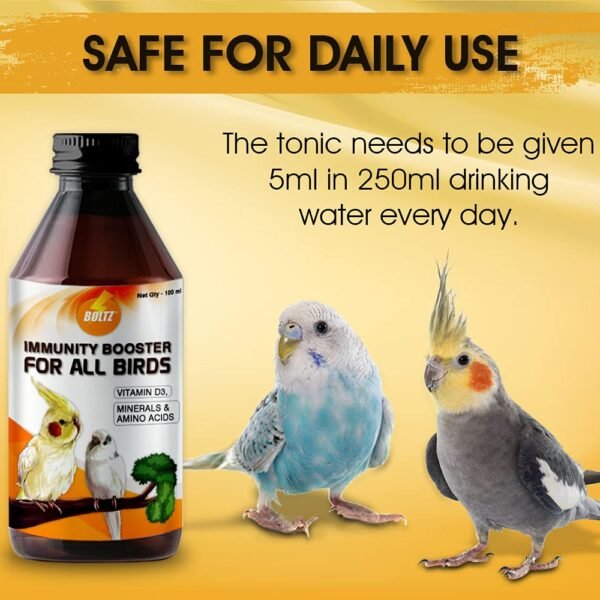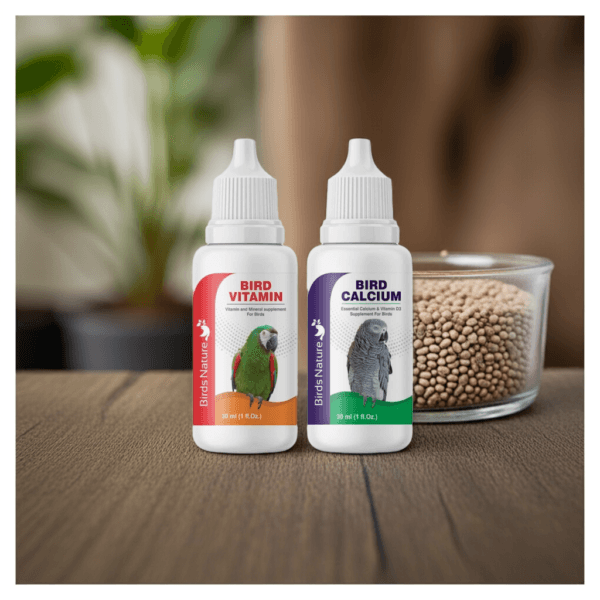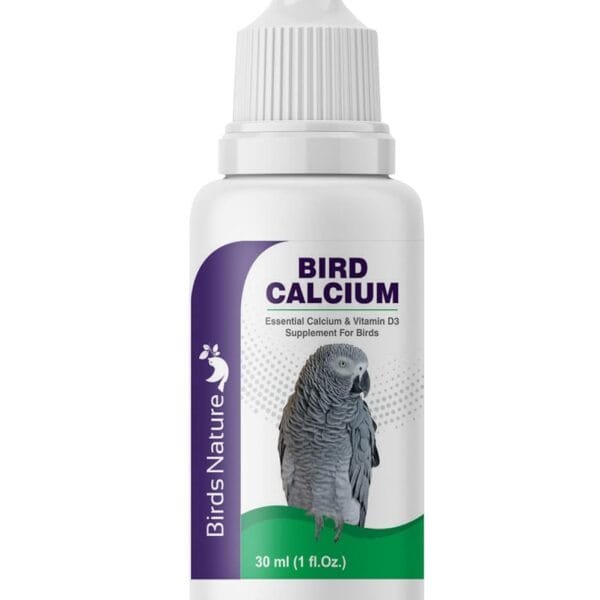Gouldian Finch
Gouldian Finch Care Guide
Gouldian finches (Erythrura Gouldie), also known as Lady Gouldian or Rainbow finches, are among the most colorful small birds in the world. Native to Australia, these delicate birds require specific care to thrive in captivity.Their stunning plumage comes in three natural color variations (black, red, and yellow-headed) and they are known for their peaceful nature and soft chirping sounds.
ESSENTIAL FACTS
| Feature | Details |
|---|---|
| Scientific Name | Erythrura gouldiae |
| Size/Weight | 5-5.5 inches | 14-16 grams |
| Lifespan | 6-8 years (up to 10 in optimal conditions) |
| Origin | Northern Australia (endangered in wild) |
IDENTIFICATION
| Feature | Details |
|---|---|
| Head Colors | Black (75%), red (25%), yellow (rare) |
| Body Colors | Purple chest, yellow belly, green back |
| Gender Differences | Males: Brighter colors, purple chest; Females: Duller colors |
| Juveniles | Gray heads, greenish bodies (color develops at 3-6 months) |
DIET
| Component | Details |
|---|---|
| Base Diet | High-quality finch seed mix (1 tsp/bird/day) |
| Live Food | Small mealworms or fruit flies (breeding season) |
| Greens | Chopped kale, spinach, chickweed (3x/week) |
| Supplements | Cuttlebone, mineral grit, iodine block |
HOUSING
| Feature | Details |
|---|---|
| Cage Size | Minimum 30″L × 18″W × 18″H (pair) |
| Aviary | Ideal for groups (protected from drafts) |
| Temperature | 70-80°F (no sudden changes) |
| Nesting | Wicker baskets with coconut fiber |
BEHAVIOR
| Trait | Details |
|---|---|
| Social | Peaceful, keep in pairs/small groups |
| Vocalization | Soft chirps and beeps (not loud) |
| Breeding | Seasonal breeders (spring/summer) |
| Activity | Most active mornings/evenings |
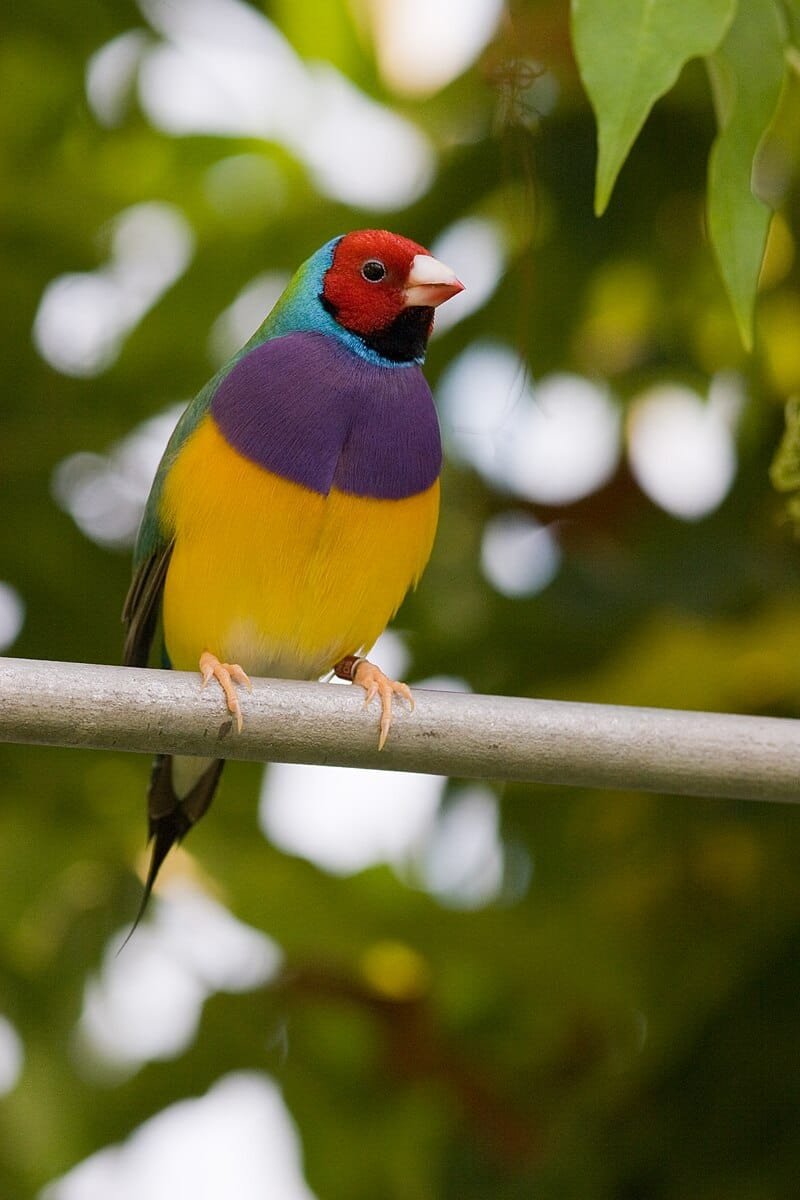
Showing all 3 results
Showing all 3 results
Gouldian Finch Care Schedule
DAILY CARE
| Task | Details | Best Time |
|---|---|---|
| Food Refresh |
| Morning (7-9 AM) |
| Water Change |
| AM & PM |
| Health Check |
| Evening (5-7 PM) |
| Bathing |
| Late morning |
WEEKLY CARE
| Task | Details | Recommended Day |
|---|---|---|
| Full Cage Clean |
| Sunday |
| Supplement Boost |
| Wednesday |
| Toy Rotation |
| Friday |
MONTHLY CARE
| Task | Details | When |
|---|---|---|
| Deep Disinfection |
| 1st of month |
| Health Records |
| Monthly checkup |
| Preventative Care |
| Last weekend |
SEASONAL CARE
| Season | Special Considerations |
|---|---|
| Spring |
|
| Summer |
|
| Fall |
|
| Winter |
|
Gouldian Finch Pro Tips
Temperature Control: Use ceramic heat emitters (not heat lamps) to maintain 70-80°F.
Stress Reduction: Cover three sides of cage during molting or illness.
Color Enhancement: Offer foods rich in carotenoids (red peppers, carrots) for vibrant plumage.
Emergency Prep: Keep avian vet contact and critical care formula on hand.

